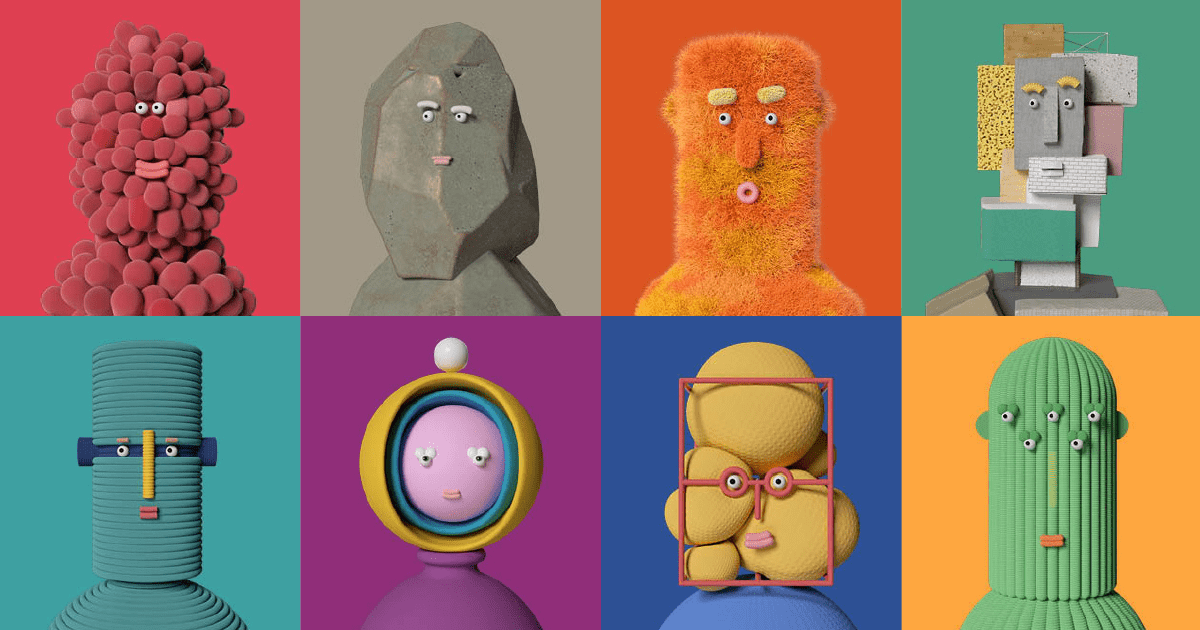Two true things about decision-making in business:
1) You should collect information from all the key stakeholders regarding their thoughts, feelings, hopes, and expectations.
2) People hate filling out surveys about their thoughts, feelings, hopes, and expectations.
In an ideal world, there would always be enough time to conduct qualitative data in-person through one-on-one interviews or focus groups. Everyone would feel heard and everyone would have a voice at the table, which would be perfectly reflected in the end product.
Unfortunately, we live in this world; the one where you’re already behind schedule, you’re speed-reading a few interviews from an outsourced transcription service, and none of the data is laddering up to something coherent. Especially for companies with thousands of employees, there needs to be a better way to design surveys that actually work to drive meaningful outcomes for your business.
Surveys Don’t Have to be Ugly
Last month, a small phenomenon took over our Slack channel: everyone started voluntarily posting their results from “Creative Types,” an interactive personality test designed by Adobe Create. The test’s goal is to “shine a light on the inner workings of different creative personality types in a way that might help us better understand ourselves, our creative process, and our potential.”
The setup is deceivingly simple. You’re asked a binary question such as, “When traveling, you always need a destination or direction.” Whichever option you choose, you’re rewarded with a corresponding animation that symbolically enacts your answer. If you respond that your creativity is more madness than method, you’ll see a bowling ball delightfully plow through a perfect field of dominos. The animations are gorgeous, the sound design is perfect, the questions are grounded enough to be applicable to work, and before you know it, you’ve finished the survey and are assigned one of eight personas: artist, thinker, adventurer, maker, producer, dreamer, innovator, or visionary. You get insight into yourself and, perhaps most importantly, Adobe gets insight into the types of people using their products.

This doesn’t feel like taking a survey, it feels like playing a game. And I think that’s the real key. Gathering data doesn’t have to be like taking the SATs – it can engage our sense of curiosity, our sense of humor, and our child-like sense of wanting to take things apart to see how they’re made.
Edward Tufte, famed statistician and author of books like “Envisioning Information” and “Beautiful Evidence” once said, “The commonality between science and art is in trying to see profoundly – to develop strategies of seeing and showing.”
The answers we provide to the quiz are important, but the interstitial animations give us a new window for seeing that response. That moment of surprise fuels us to answer the next question. In the standard survey setup – answering a straight-forward question on a sliding scale of 1 to 5 – there is hardly any motivation to keep going. It feels more like homework, as opposed to truly reflecting on how and why we work the way we do.
Reality check: does every company have the time and resources necessary to turn their surveys into interactive multimedia experiences? Of course not. But there are a few lessons we can glean from Adobe Creative to make surveying your employees or customers much more fruitful.
Questions that balance the abstract with the actionable. Yes, you need to ask questions about roadmaps, product-market fit, and user experience. But sometimes, engaging someone’s curiosity with a slightly off-kilter question will get you a more honest answer. For instance, when updates are ready to install, do you hit restart now or remind me tomorrow?
A gorgeous, smooth interface that keeps people interested. Companies like Typeform and SurveyMonkey are building beautiful polls that combine the right mix of aesthetics and insights. If you don’t give people a little spark to keep them interested, they are not going to engage with your questions. As architect Buckminster Fuller said, “When I am working on a problem I never think about beauty. I only think about how to solve the problem. But when I have finished, if the solution is not beautiful, I know it is wrong.”
An end result that drives engagement. Whether it’s an illustrated avatar that people can’t help but share or an employee platform for driving behavior change like Culture Amp, the end of the quiz shouldn’t be the end of the journey for either party. The survey-taker should gain insight into themselves and the survey-giver should have easy tools for acting on those insights.
From Myers Briggs to Buzzfeed quizzes, there are thousands of ways of gathering information. Regardless of your method, make it memorable, make it beautiful, and make it easy to drive growth for your business.
Emotive Brand is a brand strategy and design agency in Oakland, California.





